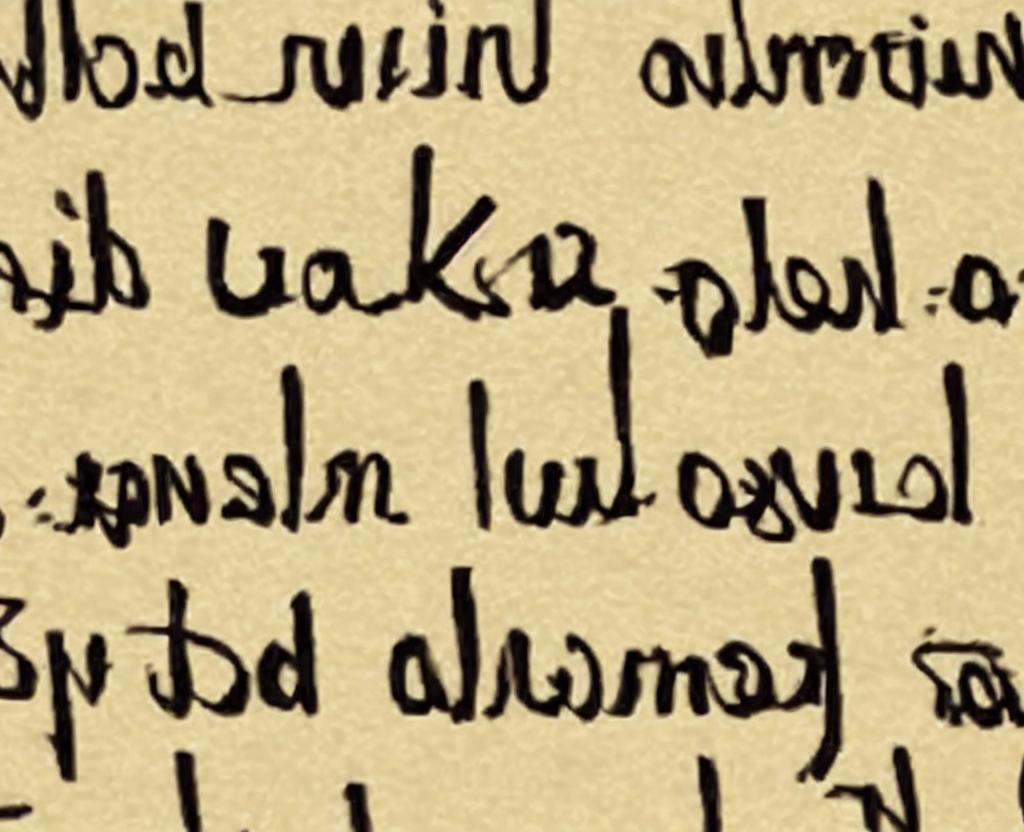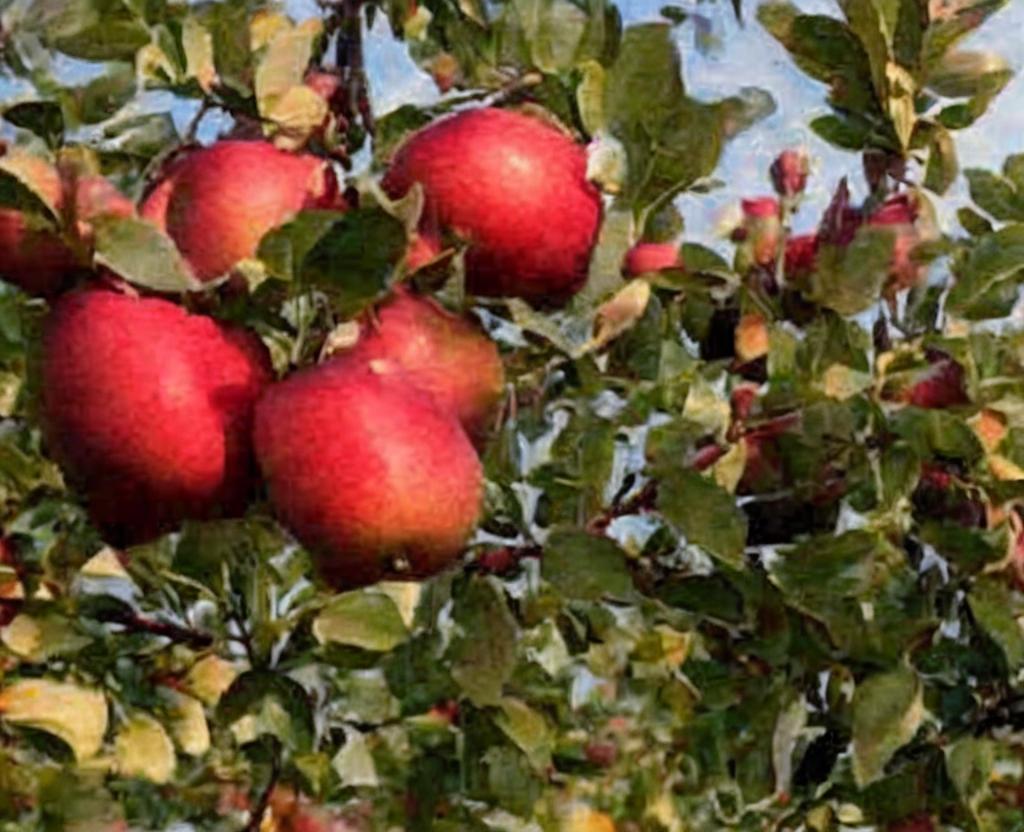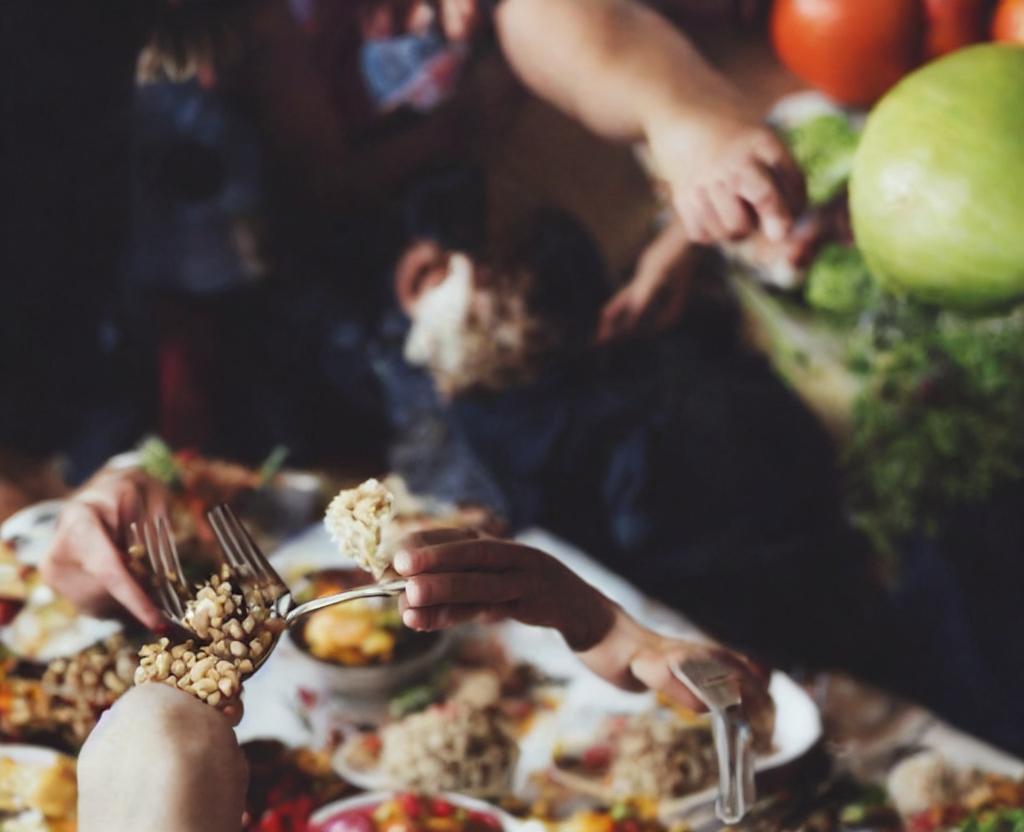
International Mother Language Day
Every year, International Mother Language Day, February 21st, raises the bar for linguistic and cultural diversity. It's also a day to promote multilingualism.
Some people's first language is a mother's word. A person's mother language helps to identify a person's identity. A person's mother language helps to identify a person's identity. Some people regard their mother language as a thing of extraordinary beauty. If they live in an area where their mother language is not spoken, this is especially true. Their mother language, for them, is a way to stay connected to their homeland and their culture. A mother's language changes every two weeks, which is unfortunate. When this happens, an entire cultural heritage is lost along with it.
43 percent of the world's 6,000 languages are endangered, with 43 percent of them endangered. In the future, these endangered languages will become extinct. These endangered languages will go extinct. For several reasons, languages are in danger. Some languages are simply replaced by ones that are more widely spoken. New generations of children aren't being taught other languages. Today, there are hundreds of languages in the world that have only one native speaker still living. When someone dies, their language will also die.
Minorities, such as:: The most endangered languages are spoken by minority groups, including:: The most endangered languages are spoken by minority groups, including::
- The Tribes of Papua New Guinea, the Tribes of Papua New Guinea, are the Tribes of Papua New Guinea
- Aboriginal peoples of Australia's Aboriginal peoples
- Native peoples of the Americas. The Native peoples of the Americas are the descendants of the Native peoples of the United States
- The Irish and Basques are among the European peoples Marginalized European peoples such as the Irish and Basques
Hundreds of different languages were once spoken in North America. Only 194 languages are spoken today, out of 194 in total. Since so many languages are dying, linguists are trying to learn as much as possible about them... Even if the language fades, the knowledge of the language will not disappear along with it. For preserving a culture's past, learning about languages before they die is also vital.
How to celebrate #internationalmotherlanguageday. www.internationalmotherlanguagedaycom
On this day, millions of people around the world commemorate their mother tongue. Several awards, including the Linguapax Prize and the Ekushey Heritage Award, are given to those who have excelled in language preservation and the promotion of multilingualism. Each year, the UNESCO headquarters in Paris, France, holds a special event. The day is observed in many schools. Teachers encourage students to write something in their mother language or host cultural activities that honor a variety of languages.
To participate:
- Find out the origins of your ancestor's mother tongue by doing genealogy.
- Commit to learning an endangered language
- In various languages, learn to say basic words, such as hello or thank you
- Read about multilingual celebrities, including Natalie Portman, Jodie Foster, Viggo Mortensen, and Penelope Cruz
- Research endangered languages and what is being done to protect them
#InternationalMotherLanguageDay is a hashtag that has been used on social media to celebrate this day. #InternationalMotherLanguageDay is shared on social media. #InternationalMotherLanguageDay is a hashtag that was used on social media.
The international mother language day is the first in history for an international mother language day
In November 1999, the United Nations Educational, Scientific and Cultural Organization (UNESCO) declared International Mother Language Day (UNESCO) in November. The day was inspired by Bangladesh's Bangladeshi roots. The Bangalis fought for their language to be recognized on February 21st, 1952, the date when the Bangalis fought for their language to be recognised. Bengali became Pakistan's second official language on February 29th, 1952.



